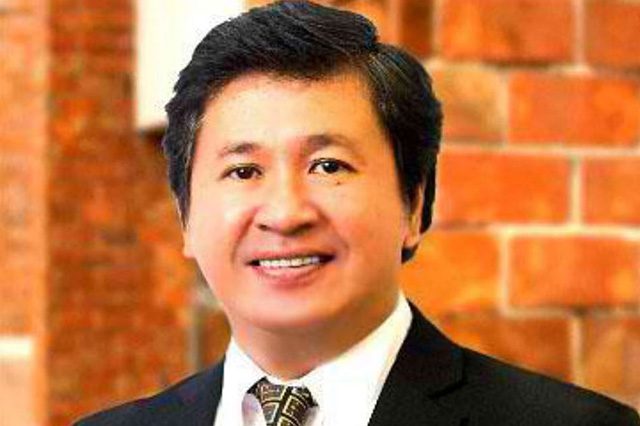The recent appointment of Ramon Paul Hernando as an associate justice of the Supreme Court has received a hopeful response from some in the legal field.
Justice Secretary Menardo Guevarra on Wednesday confirmed that the former Court of Appeals justice was selected by President Rodrigo Duterte to fill in the vacancy left by Samuel Martires, who was appointed Ombudsman in July 2018.
He is the sixth justice appointed by President Rodrigo Duterte since the start of his term. Hernando is the fourth of the six appointees who graduated from Duterte’s law school San Beda University, joining Martires, Noel Tijam and Jose Reyes Jr.
At 52 years old, he is currently the youngest magistrate on the high court. He will retire in 2036 when he reaches the mandatory retirement age of 70.
Some in the legal profession have expressed their support for Hernando’s appointment, citing his record in the judiciary.
Did some reading on the new SC Justice Ramon Paul Hernando.
Zero backlog in his docket as CA Justice. Only 50 or 51 years old.
Dare I say, good job Mr. President. And to Justice Hernando, please don't disappoint us.
— Gil Anthony Aquino (@_gilanthony) October 10, 2018
Congrats, Justice Hernando!!! https://t.co/6yrDgdDVS3
— Mickey Ingles (@MickeyInglesLaw) October 10, 2018
‘Zero backlog’
The 180th member of the Philippines’ highest tribunal was first nominated in 2014 following the retirement of Roberto Abad. He was once again nominated in 2017 after the retirement of fellow San Beda alum Bienvenido Reyes.
He was hailed for recording zero backlog in cases during his 2014 nomination, having disposed of 370 cases in 2012 and another 417 in 2013 as a CA justice.
He reportedly claimed that none of his decisions had yet to be reversed by the Supreme Court when asked if his speedy disposition of cases affected the quality of his work.
During interviews with the Judicial Bar Council for the position, Hernando proposed a limitation to the use of judicial affidavit to address the problem of delayed cases.
Backlogs and congestion in the Supreme Court’s case docket system are among the prevailing problems in the judiciary as they lead to delayed cases, causing distress to litigants in important cases.
The Consultative Committee on the draft federal constitution included a restructured judiciary with four high courts to provide a system to trim down the problem of backlogs.
Former Supreme Court associate justice Vicente Mendoza however criticized the proposed new structure, saying that it merely “reduced the Supreme Court to an ordinary court.”
Hernando has spent most of his legal career in the government. He first worked as member of the staff of late associate justice Florenz Regalado and later with the staff of retired associate justice Edgardo Paras in the years after his admission into the bar.
He also worked as Department of Justice prosecutor and was appointed San Pablo, Laguna Regional Trial Court judge in 2003. He was later appointed RTC judge in Quezon City in 2006, and was elevated to the appellate court in 2010. He has also taught at his alma mater San Beda and the Ateneo Law School.










